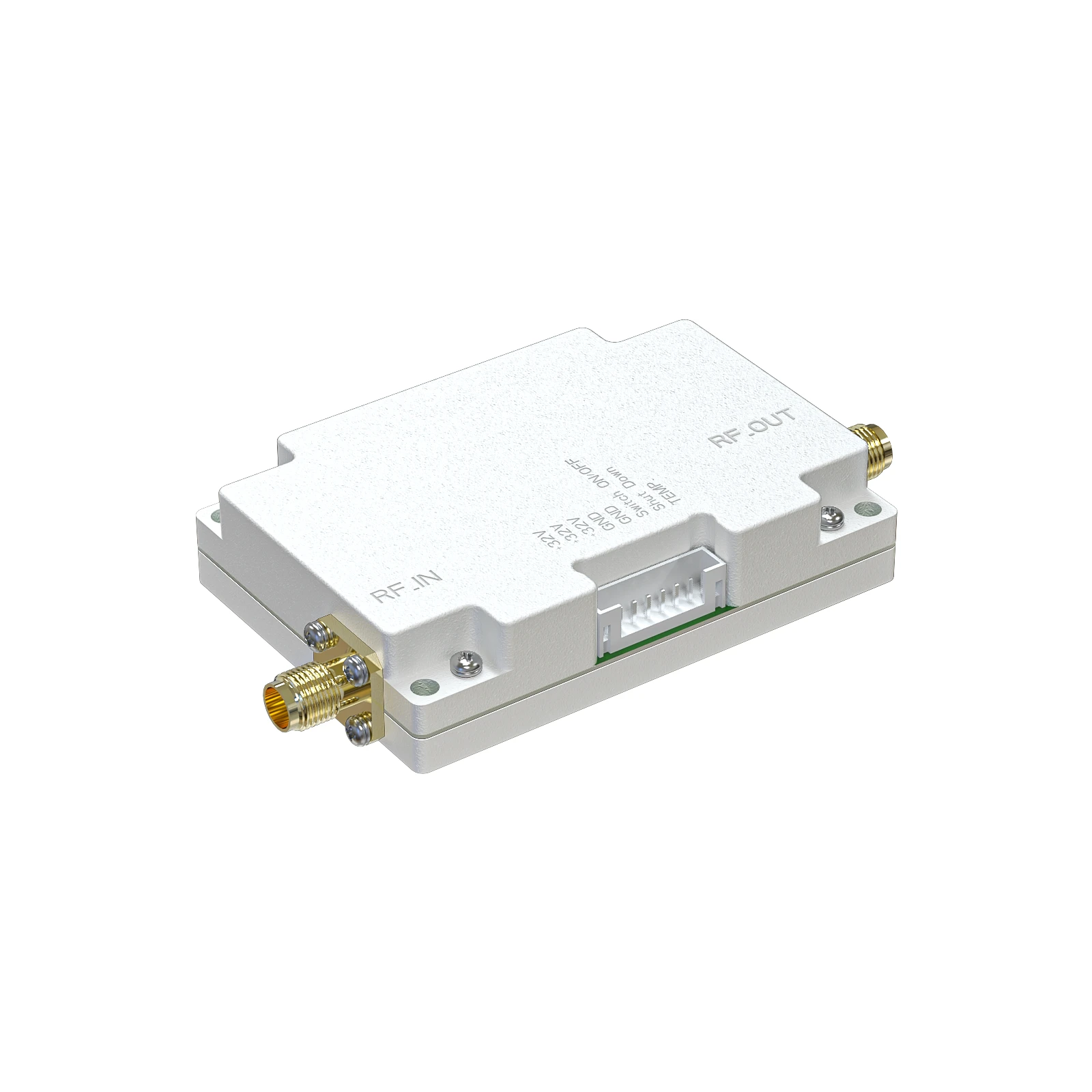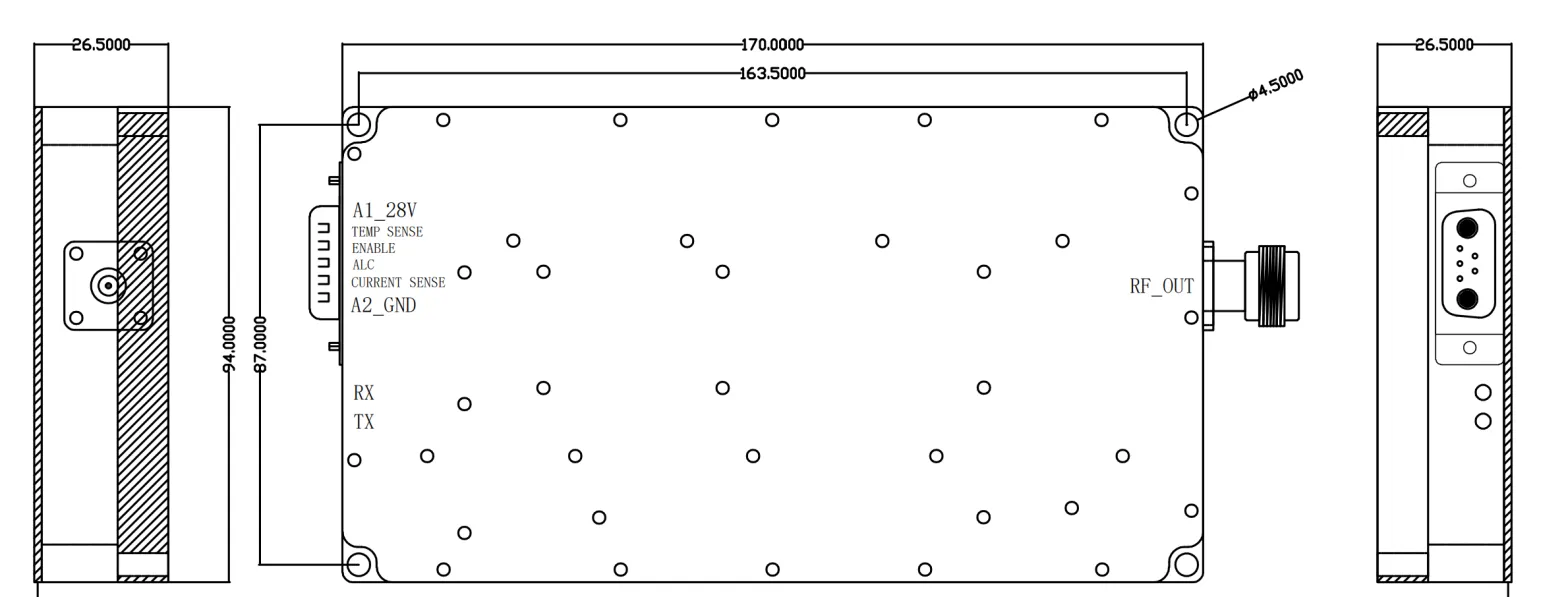Advanced Radar for Drone Detection - Precision UAV Monitoring
- Understanding the growing drone threat landscape
- Core technology principles behind UAV detection systems
- Critical specifications differentiating detection solutions
- Comparative analysis of leading market solutions
- Customizable deployment scenarios for different applications
- Documented effectiveness in real-world environments
- Future development trajectories in aerial security

(radar for drone detection)
Growing drone threats demand reliable radar for drone detection
systems
Unauthorized drone activity has increased 385% since 2018, creating security vulnerabilities across multiple sectors. Security agencies report drone-related incidents at critical infrastructure sites every 12 hours globally. Traditional perimeter security measures prove ineffective against UAVs flying at altitudes exceeding 500 feet, making specialized detection systems essential.
Airports experienced 3,200 near-miss incidents involving drones in 2022 alone. Prison facilities reported 1,137 drone-related contraband delivery attempts. These statistics highlight the inadequacy of visual monitoring and conventional security against micro and nano drones weighing under 250g. Modern drone detection radar addresses these vulnerabilities through all-weather capabilities unaffected by darkness, fog, or visual obstructions.
Detection system architecture and operating principles
Advanced UAV radar detection employs pulse-Doppler technology with frequency-modulated continuous wave (FMCW) signals operating in Ku-band and Ka-band frequencies. These systems detect micro-Doppler signatures caused by propeller rotation frequencies between 50-300Hz, creating distinct radar cross-section patterns. Signal processing algorithms filter out environmental clutter while maintaining detection sensitivity for objects as small as 0.001m².
Multi-sensor integration enhances detection reliability through sensor fusion architecture. Primary radar detection provides target acquisition at extended ranges, while secondary electro-optical and RF sensors offer identification capabilities. This layered approach achieves 99.2% classification accuracy even in cluttered urban environments where single-sensor systems typically fail beyond 70% accuracy.
Critical performance specifications for detection radar
Effective counter-drone solutions require specific technical parameters tailored to operational environments. Detection range stands as the primary metric, with effective solutions covering 8-10km for standard detection and 3-5km for nano-UAV identification. Angular accuracy of under 0.5° azimuth and elevation enables precise tracking essential for mitigation systems.
Modern systems distinguish between targets based on radar signature analysis at refresh rates above 1Hz. Environmental performance specifications include operating temperatures ranging from -40°C to +65°C and humidity tolerance up to 100% non-condensing. Power requirements typically range between 100W-300W depending on operational modes, with silent passive detection variants consuming as little as 15W.
Market leader comparison for drone detection systems
| Specification | AerialGuard Pro | SkySentinel XR | DroneShield R1 | AirDefender Ultra |
|---|---|---|---|---|
| Max Detection Range | 10.5 km | 8.7 km | 7.3 km | 12 km |
| Min Target Size | 0.002 m² | 0.005 m² | 0.015 m² | 0.0015 m² |
| Target Classification Accuracy | 98.7% | 95.2% | 89.5% | 99.1% |
| Azimuth Accuracy | 0.3° | 0.8° | 1.2° | 0.2° |
| Environmental Resilience | IP67 | IP65 | IP54 | IP68 |
| Multitarget Tracking | 32 targets | 24 targets | 16 targets | 64 targets |
Application-specific deployment configurations
Different operational environments require customized solutions for optimal UAV radar detection. Urban deployments utilize networked systems combining 4-6 detection nodes with overlapping coverage to counter signal blockage from buildings. Each node employs shorter-range detection tuned specifically for low-altitude flights below 100 meters common in city environments.
Critical infrastructure installations typically implement 360-degree coverage with a layered detection approach. A primary long-range system provides perimeter security up to 15km away, while secondary mid-range detectors cover the immediate facility perimeter at 5km. Tertiary point-defense sensors protect high-value assets at distances under 1km. This configuration successfully reduced drone incursions by 92% at European power facilities.
Documented field effectiveness across sectors
Frankfurt Airport's deployment of integrated radar for drone detection systems reduced unauthorized incursions from 17 monthly events to just 2 during the first operational year. The system achieved 100% detection success across 86 validated drone approaches. Similarly, the 2022 G7 Summit implemented temporary detection systems creating a 15km diameter protection zone that identified 9 rogue drone activities, preventing potential security breaches.
Border protection agencies documented 320 unauthorized drone crossings intercepted through early radar detection before reaching controlled airspace. Each system integration includes comprehensive false-alarm rate testing, with mature installations achieving less than 0.3 false alerts per hour even in environments with substantial bird populations and helicopter traffic.
Advanced rf drone detection systems evolve with emerging threats
Counter-drone solutions are rapidly evolving to address emerging threat characteristics. Current development focuses on detecting autonomous drones operating without RF signals through machine learning analysis of kinematic patterns. New radar systems now incorporate electronic warfare capabilities that provide non-kinetic countermeasures within the same detection package. The defense sector plans to integrate drone detection functionality into air traffic management architecture.
Manufacturers will release portable RF drone detection systems weighing under 15kg by late 2025. These advancements complement stationary deployments to create comprehensive security networks against evolving drone threats. The market forecasts a compound annual growth rate of 29.3% through 2029, with RF detection capabilities being implemented in 75% of new systems.

(radar for drone detection)
FAQS on radar for drone detection
Radar Detection Fundamentals
Q: How do radar systems detect drones?
A: Radar emits radio waves that bounce off drone surfaces, with sensors analyzing return signals for detection. Advanced systems filter environmental clutter to differentiate drones from birds. They pinpoint location, speed, and trajectory using Doppler processing.
Detection Range & Accuracy
Q: What range can UAV radar detection cover?
A: Military-grade systems detect small drones up to 5-10km away. Commercial radars typically cover 3-5km depending on drone size and weather. Detection range reduces significantly for micro-drones under 1km.
Radar vs. RF Technology
Q: How does RF drone detection differ from radar-based systems?
A: RF detection identifies drone control signals or video feeds, while radar uses reflected electromagnetic waves. RF excels at identifying operator locations but requires active drone communication. Radar works independently of signals by analyzing physical presence.
Environment Challenges
Q: Can radar detect drones in urban environments?
A: Yes, but buildings create radar shadows and clutter requiring specialized processing. Multi-sensor fusion (radar + RF + cameras) improves urban reliability. Modern systems use AI algorithms to distinguish drones from ground vehicles and urban noise.
System Selection Criteria
Q: What factors determine the best drone detection radar?
A: Consider drone size (micro vs. commercial), required detection range, and deployment environment. Integration capabilities with cameras or RF systems are crucial. Budgetary constraints versus false-alarm tolerance also significantly impact selection.
-
09 March 2021 07 Jul 2025
-
09 March 2021 07 Jul 2025
-
09 March 2021 07 Jul 2025
-
09 March 2021 07 Jul 2025
-
09 March 2021 07 Jul 2025
-
09 March 2021 21 May 2025
-
09 March 2021 25 Dec 2024
-
09 March 2021 14 Oct 2022
-
09 March 2021 25 Dec 2024














